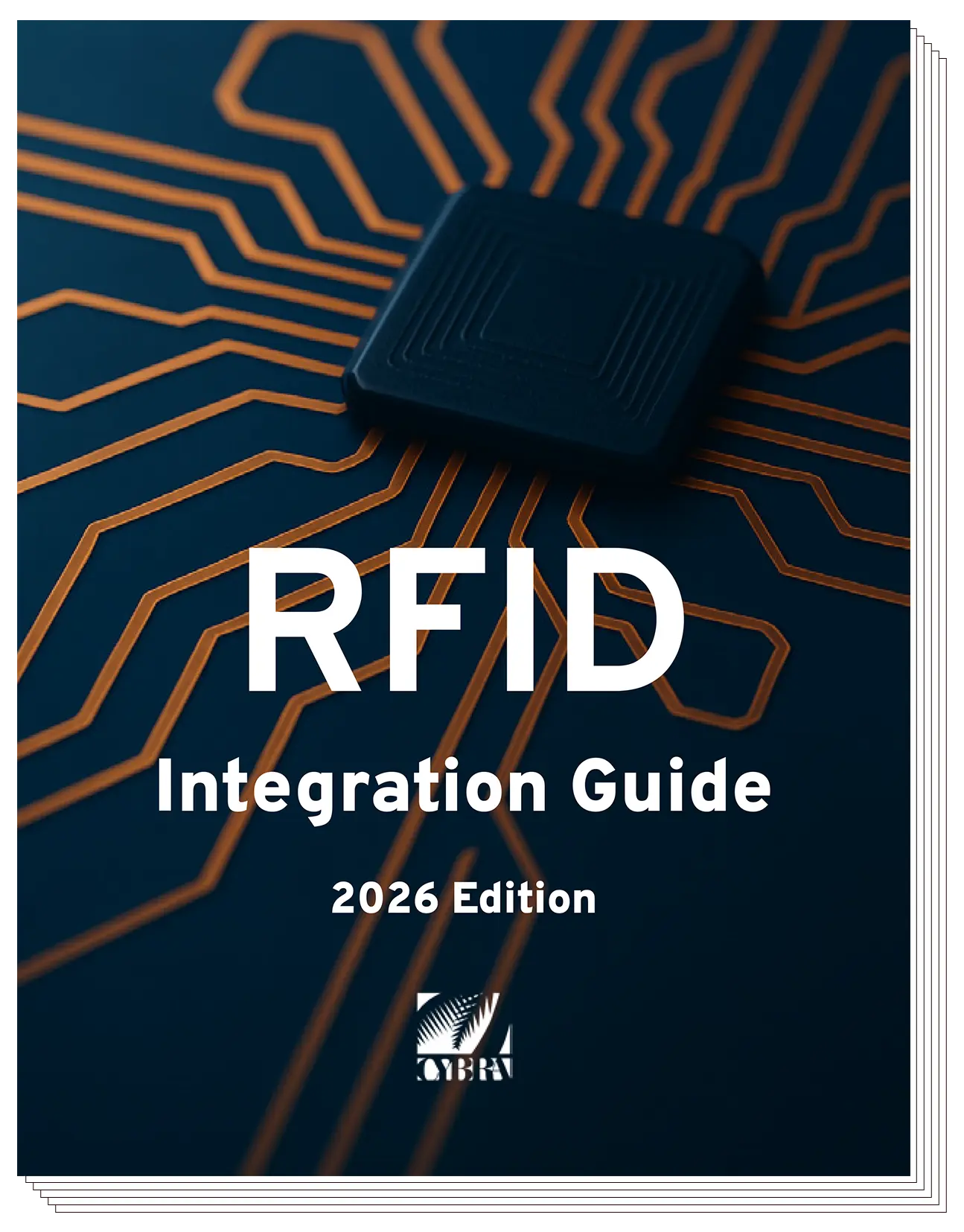
In high-risk environments like warehousing and utilities, personnel safety is not just a priority—it’s a constant challenge. In fact, warehouse workers face injury rates more than double the national average: 5.5 cases per 100 employees, compared to 2.7 cases across all industries (Source: All Injuries).
Against this backdrop, organizations are seeking smarter ways to improve operations, enhance safety, and optimize resources. Radio Frequency Identification (RFID) is a game-changer—especially when used for personnel tracking.
With RFID, businesses can monitor workforce movement in real time, tighten security, and streamline safety protocols. This article explores the powerful benefits, practical applications, common challenges, and future potential of using RFID for personnel tracking.
The Need for Improved Operational Safety
Warehouses and utility sites face serious risks—100 forklift fatalities, 95,000 injuries, and 2,000+ electrical accidents each year (via NSC). Traditional check-ins can’t keep up. RFID delivers that prevents incidents and speed emergency response, protecting workers when every second counts.
Understanding RFID Technology
RFID technology is based on wireless communication and involves the use of RFID tags and readers. An RFID system consists of three main components: the RFID tag, the RFID reader, and the software infrastructure. The RFID tag, also known as an RFID transponder, contains a microchip that stores information and an antenna for communication.
The RFID reader, equipped with antennas, emits radio frequency signals that power the RFID tags and communicate with them.
When a tagged object, in this case, a person, comes within range of the reader, the RFID system can identify and track the individual in real-time.
Benefits of RFID Personnel Tracking
Managing a workforce in dynamic, high-risk environments is no easy task. From ensuring safety on the job to keeping operations efficient, organizations need more than just manual oversight. RFID provides a powerful way to bridge the gap—offering real-time visibility, automated tracking, and data-driven insights that improve both safety and productivity. Here are some of the key benefits of RFID personnel tracking:
- Enhanced Safety and Emergency Response – Real-time visibility allows organizations to monitor personnel movement in hazardous areas like warehouses, utilities, and construction sites. In emergencies, RFID can instantly locate workers, speeding up evacuation and reducing the risk of injury.
- Smarter Workforce Management – Tracking personnel with RFID provides insights into movement patterns and task completion. This data helps managers allocate resources more effectively, streamline workflows, and boost overall productivity.
- Access Control and Security – RFID-based access systems ensure that only authorized personnel enter restricted or sensitive areas. This improves site security, protects assets, and strengthens compliance with safety protocols.
- Automated Time and Attendance – RFID eliminates the need for manual clock-ins by automatically recording employee entry and exit. This reduces administrative overhead while ensuring accurate time and attendance data.
- Compliance and Reporting – RFID systems can generate detailed logs of personnel movement, helping organizations meet regulatory requirements and simplify audits with reliable, real-time reporting.
2026 RFID Integration Guide
[Free eBook] A complete guide that will help retail brand owners, manufacturers, and distributors reap great benefits from integrating RFID technology into their supply chain operations.
Applications of RFID Personnel Tracking
RFID has a wide range of personnel tracking applications across various industries. It offers real-time visibility, enhanced security, and streamlined operations. Here are some notable applications of RFID personnel tracking:
- Construction: Track worker locations, enforce safety protocols, and monitor equipment usage on job sites.
- Healthcare: Use RFID badges to track staff, patients, and equipment for faster response times and efficient resource allocation.
- Manufacturing & Warehousing: Monitor employee movement, streamline production workflows, and improve inventory accuracy.
- Utilities & Energy: Improve worker safety in hazardous areas, monitor time on site, and ensure compliance with safety standards.

Challenges and Considerations
While RFID delivers significant advantages for personnel tracking, it’s not without challenges. Privacy is often the biggest concern, especially if tracking is introduced without transparency. Organizations need clear policies on how data is collected, used, and stored to build trust with employees.
Another factor is cost—deploying RFID requires upfront investment in tags, readers, and supporting software. The good news is that the long-term gains in safety, efficiency, and compliance usually outweigh the initial expense.
Technical considerations also come into play. RFID performance can be influenced by the environment, with signals disrupted by metal structures, liquids, or nearby electronic devices. Read ranges differ depending on the frequency and tag type, making careful planning essential.
Finally, data security is critical. Without proper safeguards, sensitive information could be vulnerable to unauthorized access. Strong encryption and secure authentication ensure that the system remains both effective and trustworthy.
💡 Quick tip: Many businesses start with an RFID pilot program in one area of the warehouse (like outbound shipping or cycle counting) to prove ROI before scaling.
How Organizations Can Use Edgefinity IoT for Personnel Tracking
Edgefinity IoT makes it easy for organizations to track personnel and improve efficiency. By equipping employees with RFID or Bluetooth-enabled badges, the platform provides real-time visibility into workforce movement and activity. A network of readers captures location data, giving supervisors accurate insights to optimize resources, strengthen safety, and streamline workflows across warehouses, factories, healthcare facilities, and more.
Key Features and Capabilities:
- Real-time personnel tracking with RFID or Bluetooth badges
- Location monitoring through strategically placed readers
- Automated safety alerts and emergency response support
- Access control for restricted areas
- Time and attendance tracking without manual input
- Detailed reporting for compliance and audits
Interested in RFID?
An RFID tracking system can help organizations of all sizes improve their supply chain efficiency. Contact the CYBRA team to schedule a demo today.
















